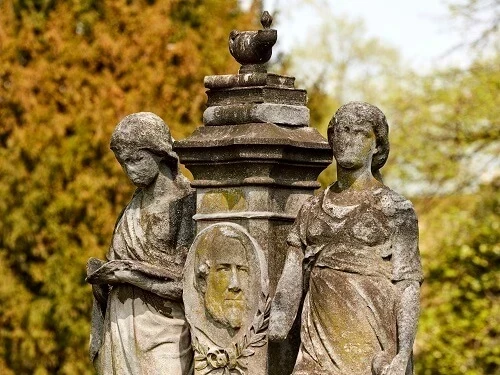
George Godwin (1815-1888)
Architect and social reformer who edited The Builder magazine for 40 years.
The architect
George Godwin was destined for a life in architecture. He began working with his father, an architect and surveyor, aged just 13.
He was a keen writer too, and was joint editor of the Literary Union, a self-improvement journal, by the time he was 20. He also wrote plays and fiction.

Essays
While working in the family architectural practice, George wrote a well-received essay on masons’ marks, a two-volume study on the churches of London, and an medal-winning essay on the history and use of concrete (which is still highly regarded today).

Editor of The Builder
In 1844, George became the third editor of The Builder. He transformed the publication into a successful and influential professional paper. Under his leadership, it became renowned for its campaigns for social and health improvement through architecture, such as housing charities, public baths and well-designed hospitals.
He wrote the majority of the content himself, and his research also informed the books he wrote about improving living conditions for the poor. George remained at The Builder until 1883. The following year he was appointed to the royal commission on the housing of the working classes.

The Godwin Bursary
George was born, lived and died in Kensington. Much of his architectural work was carried out there too, and he helped design large areas of South Kensington and Earls Court.
His other legacies include the Godwin Bursary, an annual competitive prize that enabled young British architects to travel to study modern techniques of construction in other countries.
